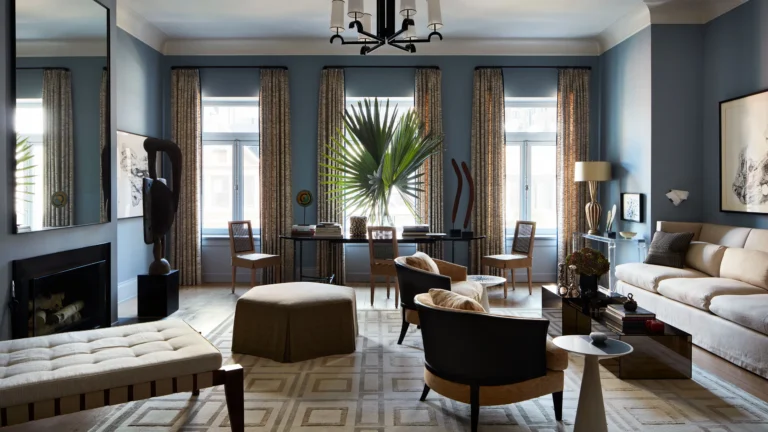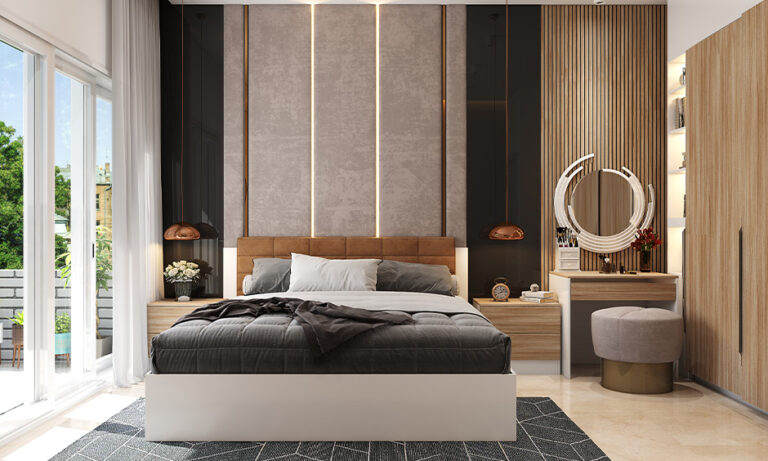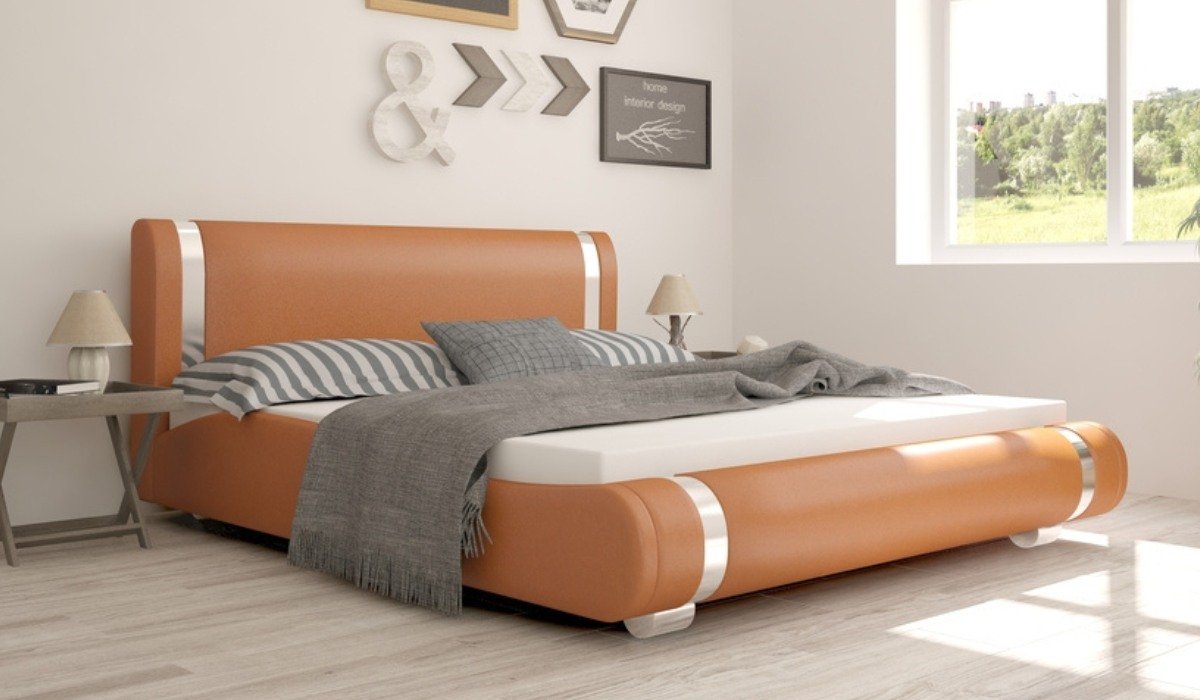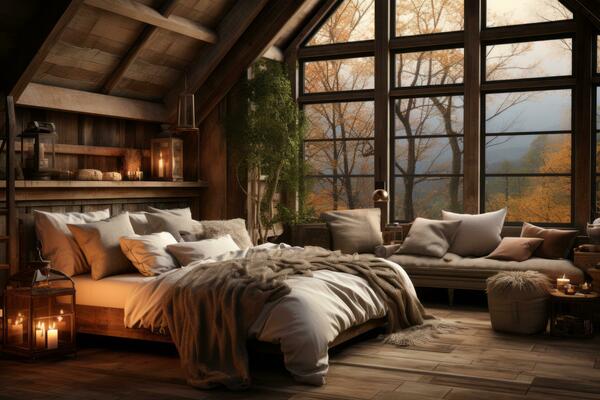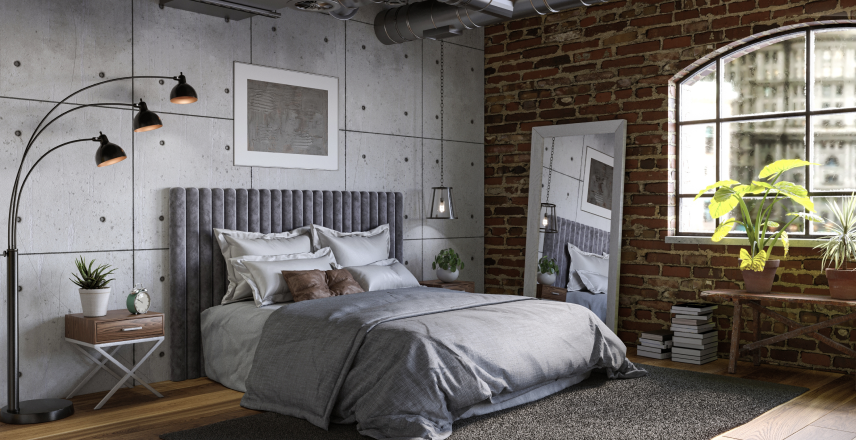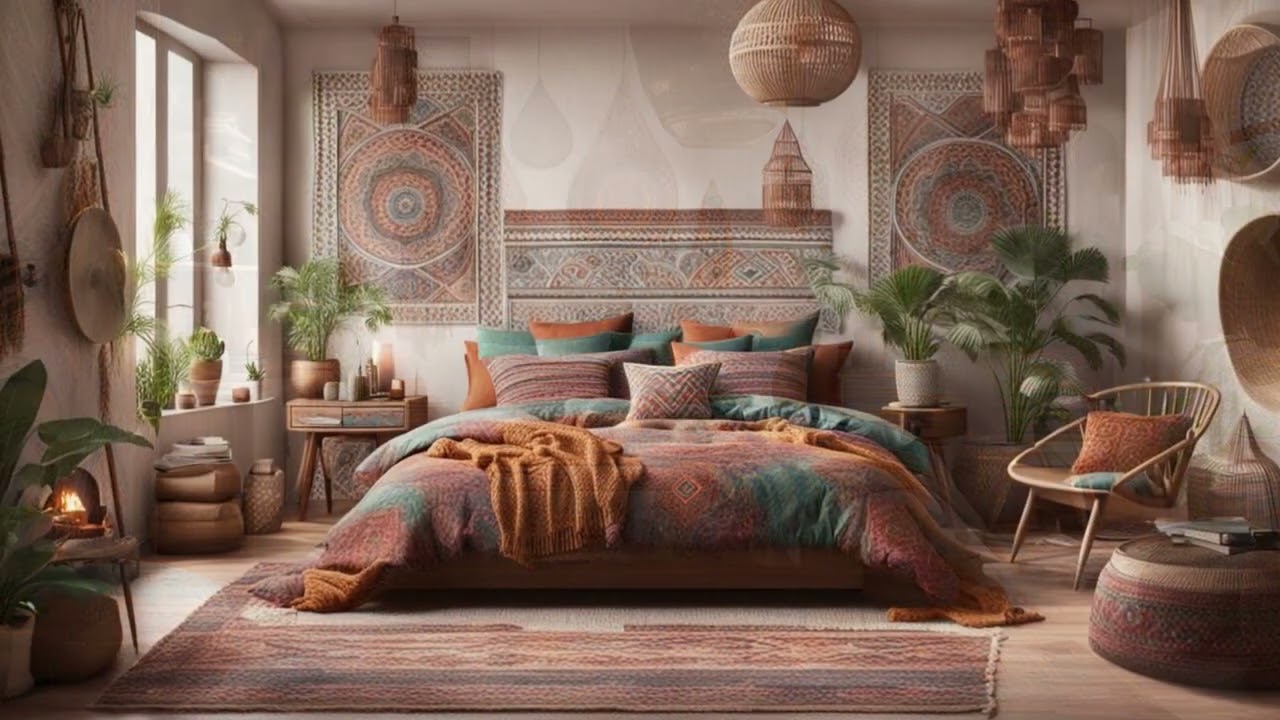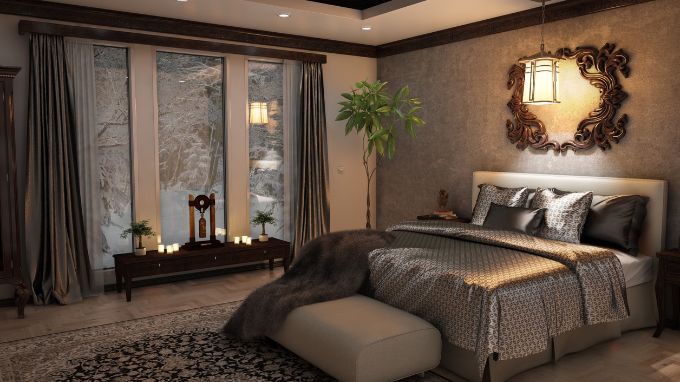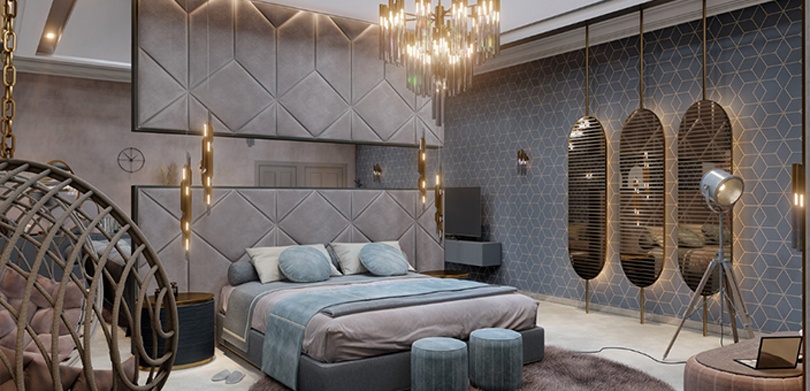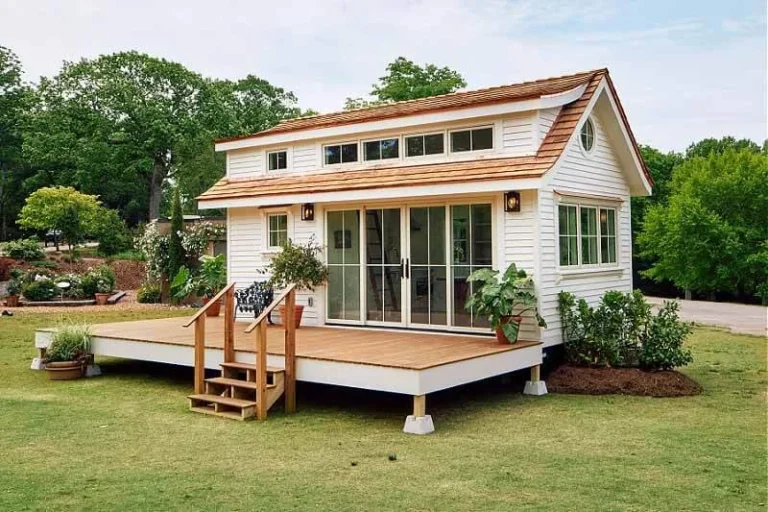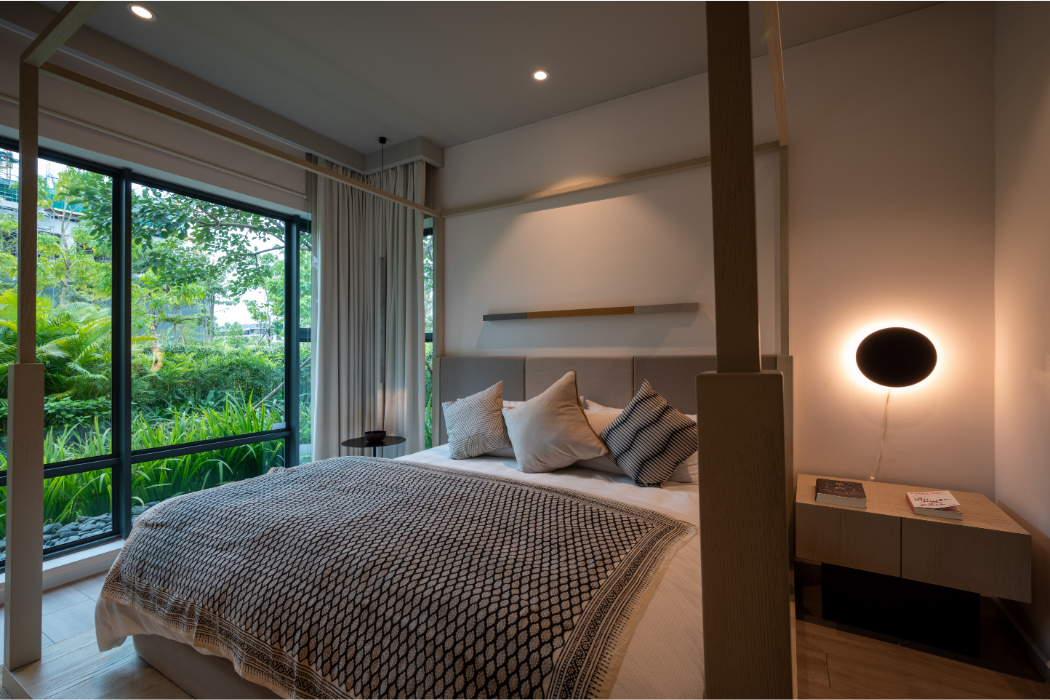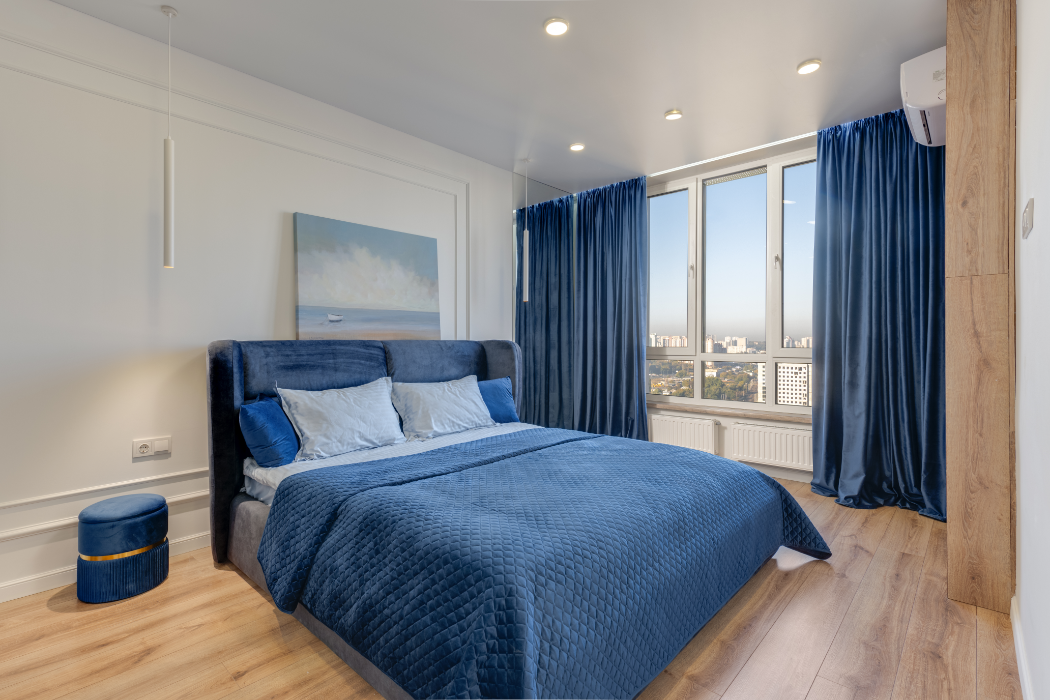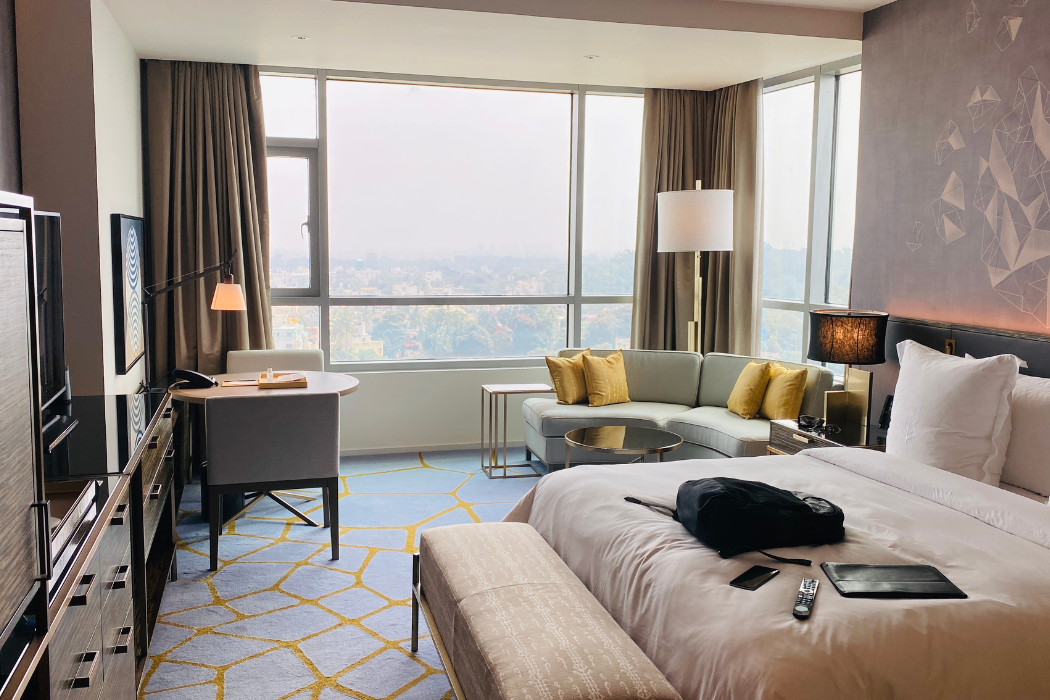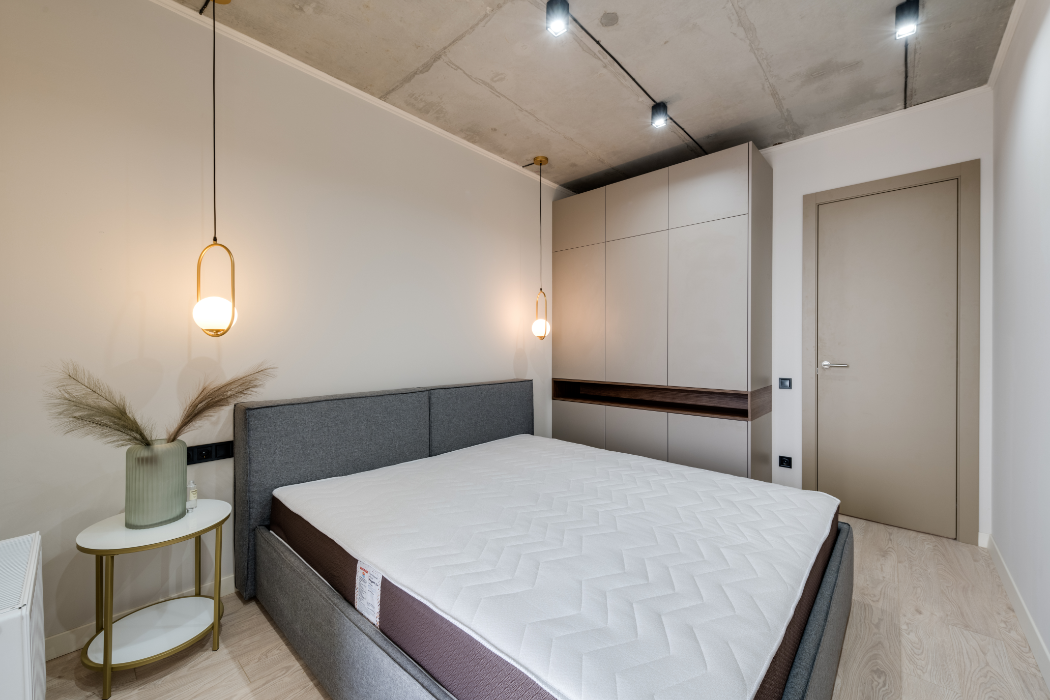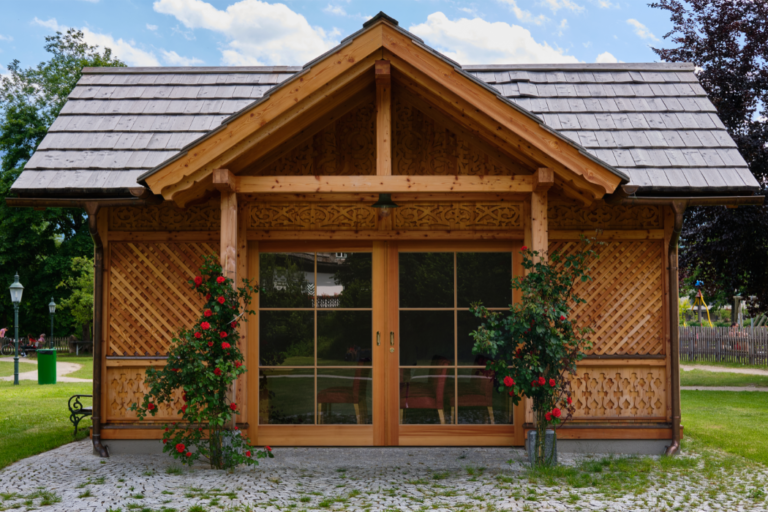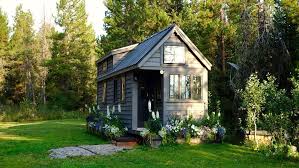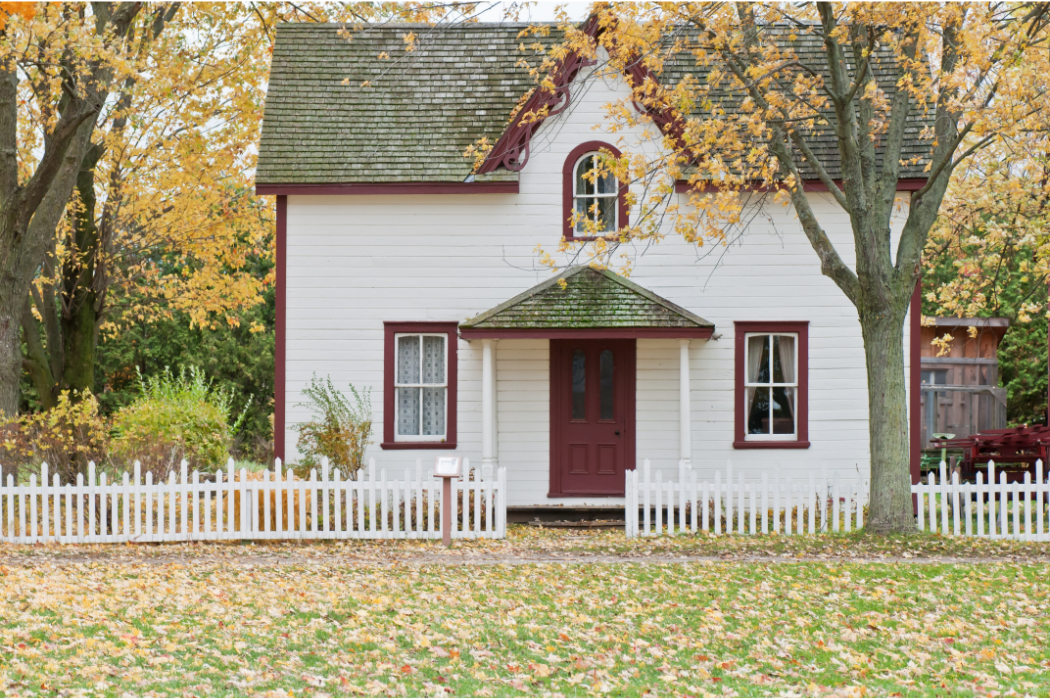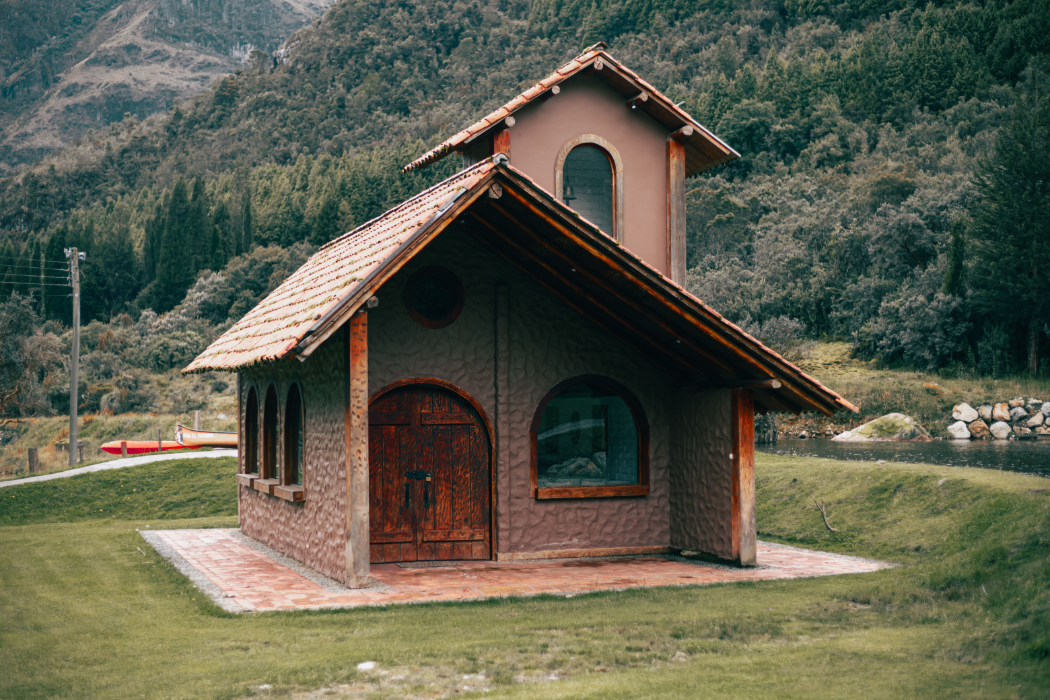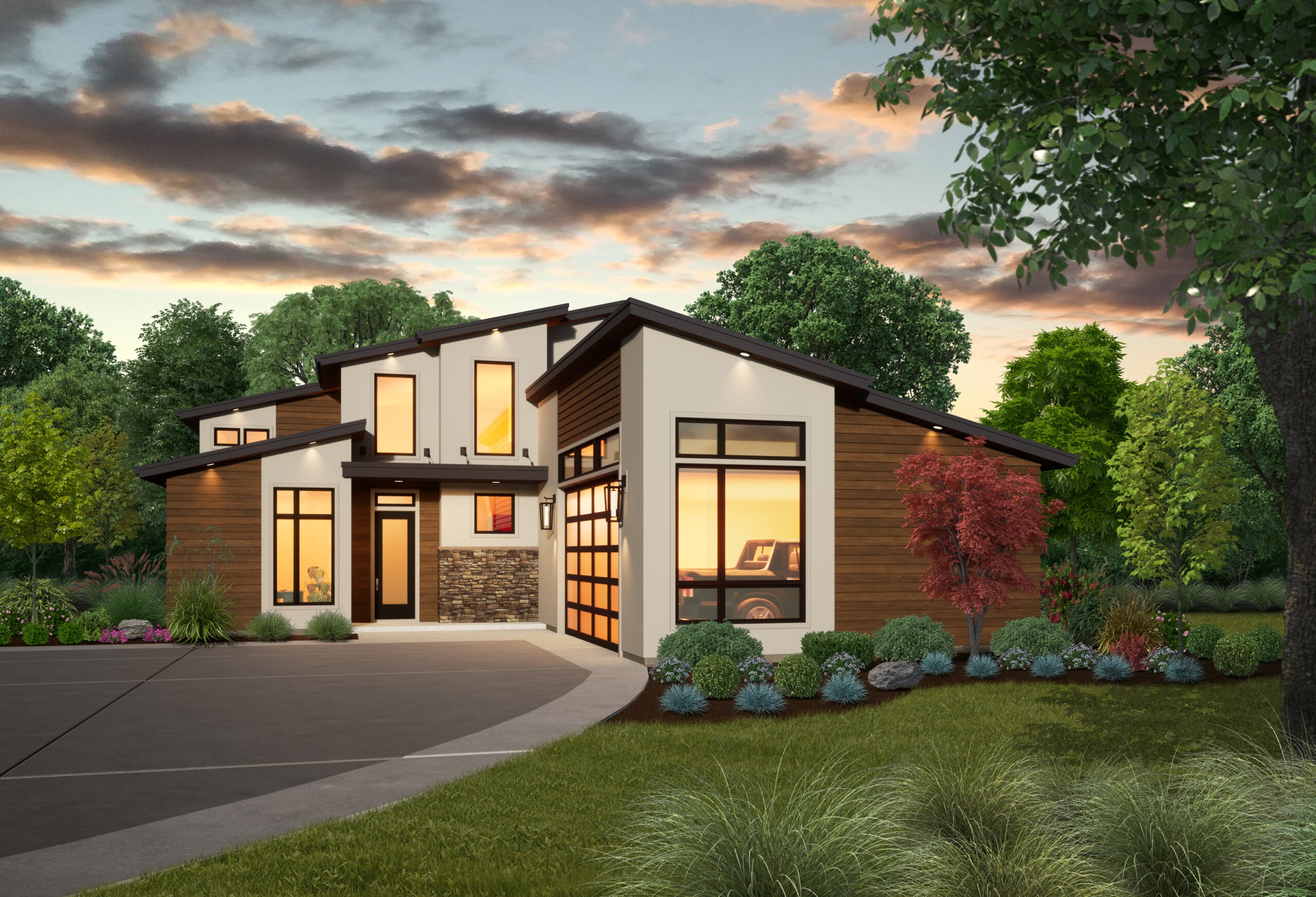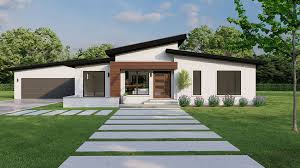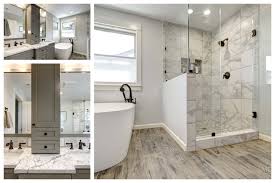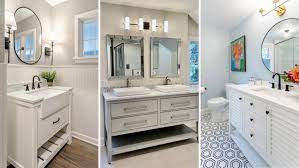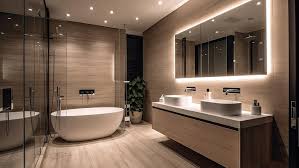Contents
Introduction
Architectural Digest, a beacon in the world of interior design and architecture, serves as a definitive guide to luxury living and aesthetic refinement. Known for its unparalleled coverage of prestigious homes, innovative designs, and timeless style, Architectural Digest inspires readers to explore the intersection of creativity and functionality. Whether delving into celebrity homes or showcasing cutting-edge trends, each issue offers a glimpse into the transformative power of design, making it a must-read for enthusiasts and professionals alike seeking endless home inspiration and design excellence.
What is Architectural Digest?
Architectural Digest is a prestigious magazine renowned for its coverage of architecture, interior design, and home décor. Founded in 1920, it showcases luxurious homes, innovative design concepts, and influential architects and designers worldwide. Each issue offers insights into current trends, timeless aesthetics, and the intersection of art and functionality in residential and commercial spaces. With a global readership, Architectural Digest continues to inspire readers to elevate their living environments through thoughtful design and creative expression.
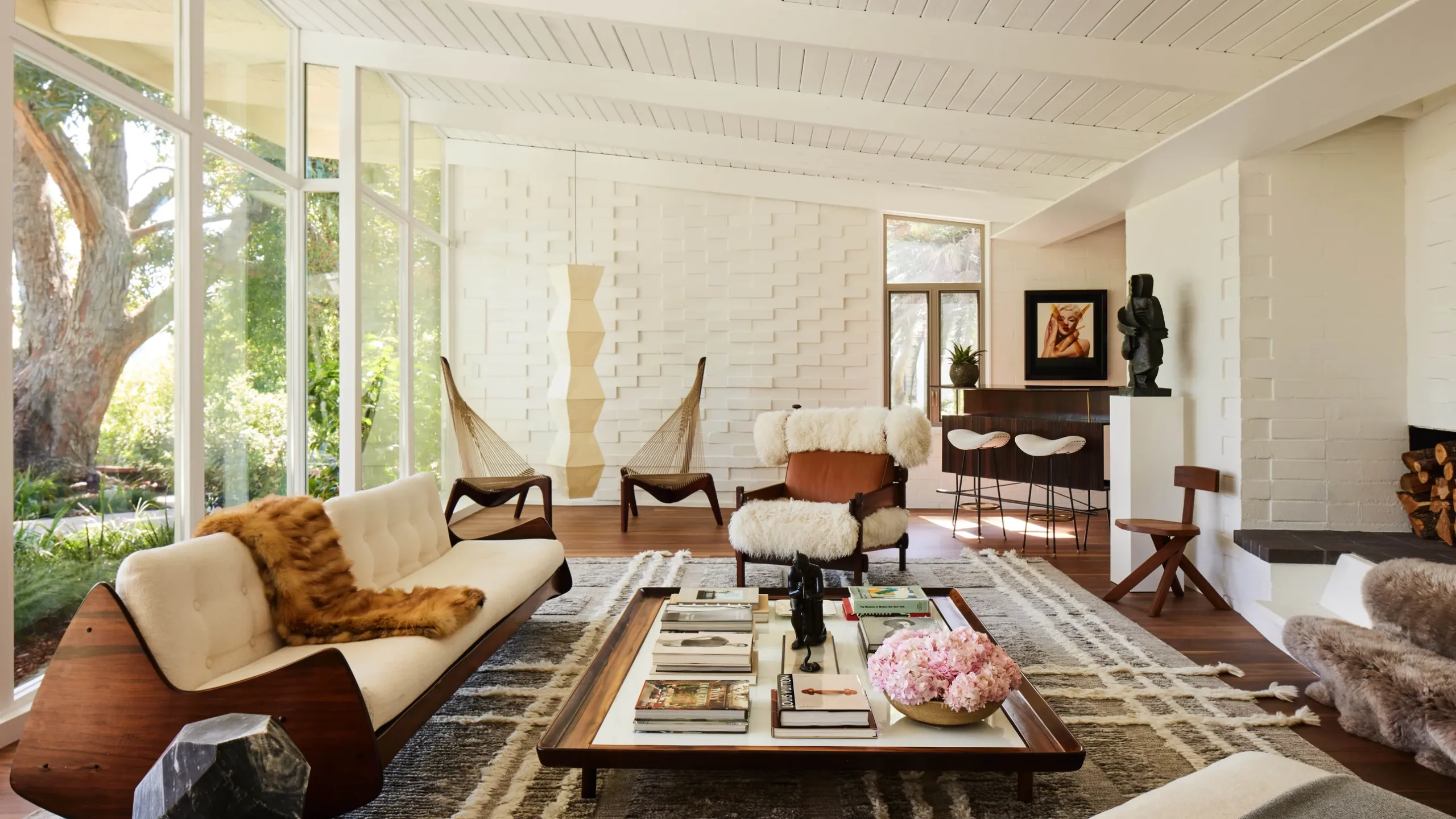
Exploring Design Excellence and Home Inspiration
In the realm of interior design and home decor, the quest for excellence is an ever-evolving journey. It’s a pursuit driven by creativity, functionality, and a deep understanding of personal style. Whether you’re embarking on a renovation project or simply looking to refresh your living space, the exploration of design excellence offers a wealth of inspiration and possibilities.
The Essence of Design Excellence
Design excellence transcends mere aesthetics; it encompasses the art of creating spaces that are both beautiful and functional. At its core lies the ability to harmonize form and function, ensuring that every element serves a purpose while contributing to the overall ambiance of the space. This pursuit demands attention to detail, a keen eye for proportion and scale, and a commitment to quality craftsmanship.
Drawing Inspiration from Nature
Nature often serves as an abundant source of inspiration in design. From the serene hues of a coastal landscape to the vibrant colors of a blooming garden, nature’s palette offers endless possibilities for creating inviting and harmonious interiors. Incorporating natural materials such as wood, stone, and organic textiles not only enhances visual appeal but also establishes a connection to the outdoors, fostering a sense of tranquility and serenity within the home.
Timeless Elegance vs. Contemporary Trends
When contemplating design choices, there is a delicate balance between timeless elegance and contemporary trends. While classic design elements withstand the test of time, embracing current trends can inject a sense of freshness and modernity into a space. The key lies in striking a harmonious blend, where timeless pieces anchor the design while trendy accents add a dash of personality and relevance.

Personalization and Expression
Home is a reflection of one’s personality and lifestyle, making personalization a crucial aspect of design excellence. Whether through cherished heirlooms, artwork collected over the years, or bespoke furniture pieces, infusing personal touches transforms a house into a home. It’s about creating spaces that resonate with individuality and evoke a sense of comfort and belonging.
The Role of Technology in Modern Design
Advancements in technology continue to redefine the landscape of interior design. From virtual reality simulations that offer immersive design experiences to smart home systems that enhance convenience and efficiency, technology plays a pivotal role in shaping contemporary living spaces. Embracing these innovations not only enhances functionality but also opens up new possibilities for creativity and customization.
Sustainability and Ethical Design Practices
In an era increasingly conscious of environmental impact, sustainability has emerged as a cornerstone of design excellence. Opting for eco-friendly materials, minimizing waste, and supporting ethical design practices not only contribute to a healthier planet but also promote a sense of responsibility towards future generations. Sustainable design choices can be both aesthetically pleasing and socially responsible, making them a preferred option for conscientious homeowners.
Cultivating Design Inspiration
Inspiration can be found in myriad places – from art galleries and architecture exhibitions to travel adventures and cultural experiences. Keeping an open mind and actively seeking inspiration nurtures creativity and fuels the design process. Engaging with design communities, exploring diverse aesthetics, and staying attuned to industry trends all contribute to a rich tapestry of ideas that inspire and elevate design excellence.
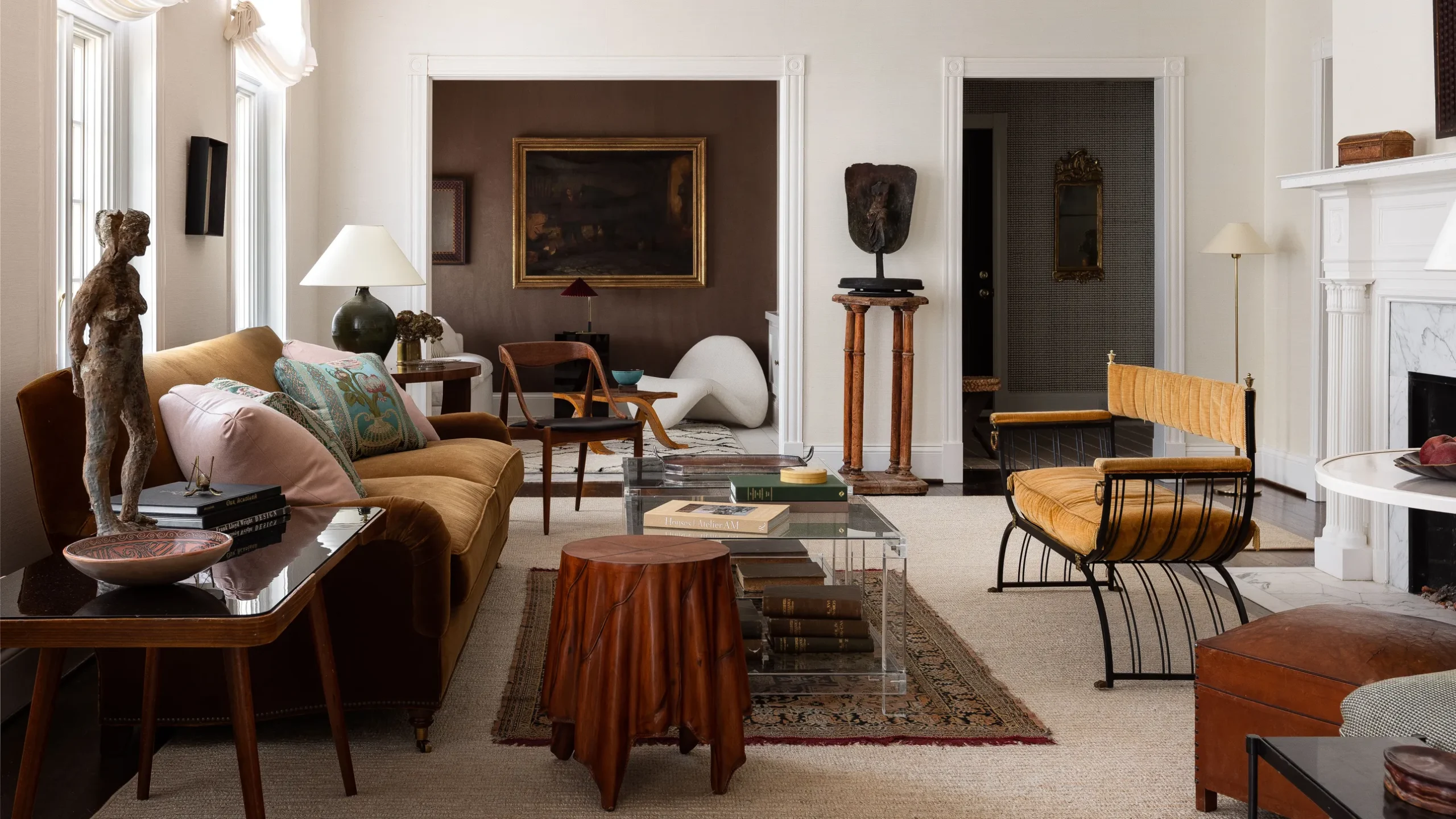
Embracing the Journey
Exploring design excellence is not merely about achieving a perfect end result but rather about embracing the journey of discovery and transformation. It’s about experimenting with textures, experimenting with textures, exploring new color palettes, and pushing creative boundaries to create spaces that resonate on a deeper level. Each design endeavor presents an opportunity to learn, evolve, and redefine what home means to us.
Conclusion
The pursuit of design excellence and home inspiration is a deeply personal and rewarding journey. It celebrates creativity, embraces innovation, and honors individuality. Whether you’re envisioning a cozy retreat, a vibrant gathering space, or a serene sanctuary, the exploration of design excellence invites you to create spaces that not only inspire but also enrich the lives of those who inhabit them. So, let’s embark on this journey together, where every design choice tells a story and every space reflects a vision of beauty and functionality intertwined.


